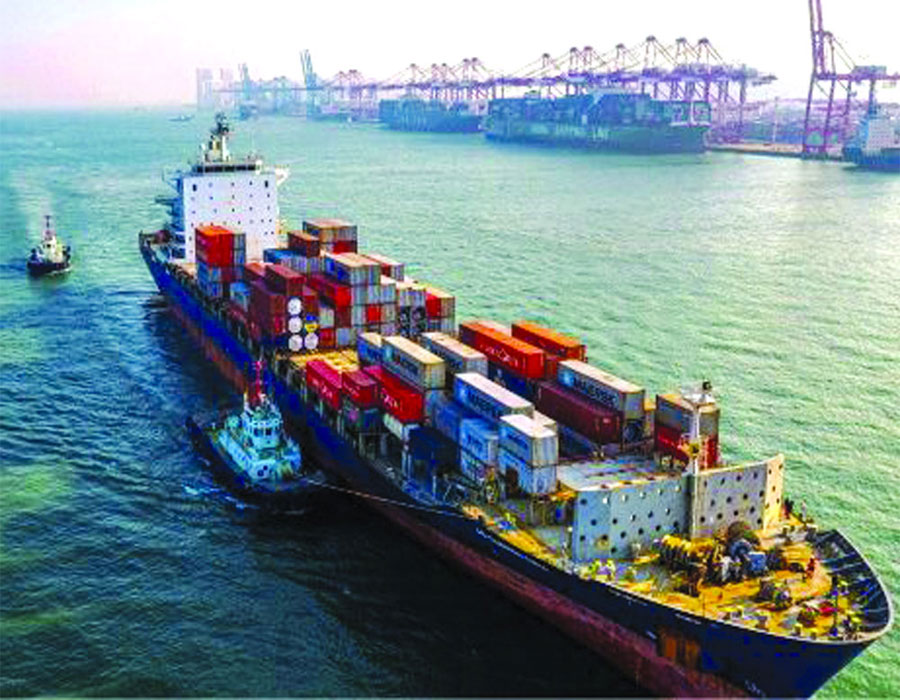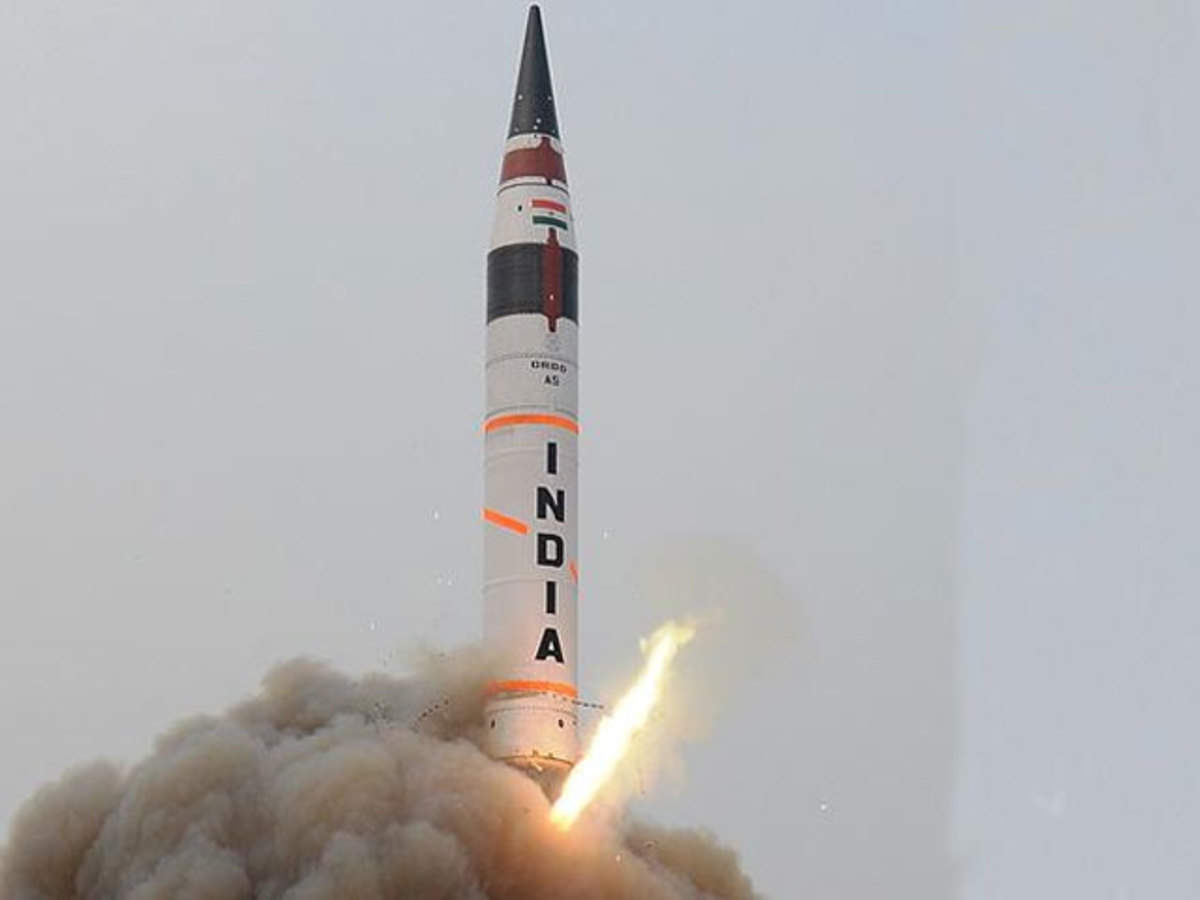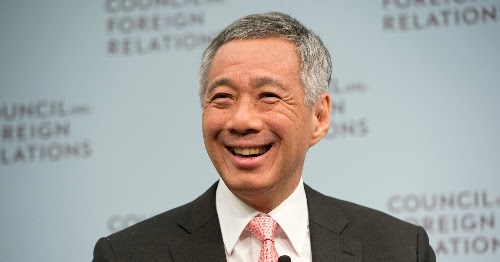Despite the severe fall in world trade and a strong anti-China sentiment, thus far it is business as usual, at least in the short run, for Beijing
The world economy has witnessed a turbulent time ever since the pandemic began in December 2019. Leading economies like the US, Australia and the UK had directed a lot of anger and censure against China for the economic and humanitarian crises it had triggered. The global rumblings made it clear that the trade from China would come under wider sanctions and the world would seek alternatives in other export powerhouses. Plus, the present global order would lean towards a multi-polar world.
The estimates published by the Trade Map reveal that despite such assertions and a seemingly sturdy worldwide dissent, exports from China showed remarkable resilience. Comparing the monthly Chinese exports data from December 2019 (the pre-pandemic level) to that of July this year, Trade Map shows that overall exports seamlessly resumed the pre-pandemic level. The data nevertheless uncovers how variegated were the retorts of economies to the Chinese export basket during the global crisis.
Figure 1 shows that out of the 20 largest importers, that comprise just about three-quarters of total Chinese exports, nine importers have already surpassed the pre-pandemic level. That includes the US, Australia and the UK. The three economies which are far from the pre-pandemic level are India, Indonesia and Singapore. The remaining are struggling but within a 10 per cent range of their pre-pandemic level. Figure 2 relooks at these numbers on the basis of year-over-year change in Chinese exports. Most of the importing countries, including all the nine importers who surpassed the pre-pandemic level, and Vietnam, Malaysia, Russia and Singapore perform better than the global average. In this case as well, India and Indonesia perform way below average. These numbers should be put in the present context of slowing down of the world economy and wavering of international trade. Except for China, no other major economy has shown a positive Gross Domestic Product (GDP) growth rate in the second quarter (Q2 April-June) of this year as per data published by the International Monetary Fund (IMF). Of all these, the two worst-hit economies are the UK and India. From the available data in Trade Map, we found that the UK, the US, Germany and France have nearly hit their pre-pandemic level in total imports. However, for India, as the figures from the Ministry of Commerce suggest, the total imports of July are still lower than that of December 2019. A strict nationwide lockdown (causing demand distress and sluggish supply), and a raging contagion are the main reasons for such results. Interestingly, the relative rise of Chinese imports is steeper than the overall imports for India. The maximum buoyancy for imports, including Chinese imports, is shown by the UK, despite a severe contraction in the quarter-on-quarter GDP growth.
So, are there “green shoots” all over for Chinese exports? Two economies — South Korea and Indonesia — tend to suggest differently. In terms of their GDP growth rate, they are among the least- affected major economies in the pandemic-induced contraction. For Indonesia, whether in terms of attaining the pre-pandemic level or year-over-year growth, imports from China fall short significantly. For South Korea, Chinese imports remain short of the pre-pandemic level but exceed the year-over-year imports. Again, these results should not be a big concern for China as similar to India, Chinese imports for these two economies are also increasing faster than overall imports.
How did China manage to resume its exports and what are those products? To answer these questions, we explored the trends in the export basket over a one-year period. At the outset, let us see the usual suspects that are driven by the upsurge in global demand and are mostly relating to consumer durables and essentials in the pandemic times. Mechanical appliances like air conditioners and refrigerators; electronic goods like televisions and medical equipment like ventilators and surgical instruments sustained decent overall growth. Their share in total exports increased from 45 per cent to 47 per cent during the year. Nevertheless, the biggest winners were apparel, toys, chemicals and pharmaceutical products.
In particular, exports of textile articles like rugs, curtains and kitchen linen more than tripled this year. Similarly, toys, right from dolls, figurines and pedal cars to video game consoles, too, registered a big boost. Exports of miscellaneous chemical products, including laboratory-based and industry-based chemicals, showed a consistent and significant growth. Meanwhile, the decline in world trade marks a nearly one-fourth drop overall by the end of Q2 this year. Thus, there are some “brown shoots” visible in the Chinese exports, too, as the nation is facing the brunt of the global downturn in some of its key sectors. The worst-hit sectors are agri-food products, footwear, leather, metals, minerals and the transportation industry. While there is somewhat stable world trade in agri-food products, it has not been the case for China. Whether it is fruits, nuts, meat, seafood or foodgrains, exports have slowed down significantly with the exceptions of dairy produce, tea, coffee and spices.
This decline in food exports is the result of increased trade barriers, the Corona outbreak and supply chain disruptions, along with shifting consumer preferences. The sluggishness in the metals and minerals industry comes from weakened industrial activities worldwide. The headwinds in all the sub-sectors of the transportation industry, including automotive, railways, shipping and aircraft, are due to the restricted community mobility because of the lockdown, and the slowing down of economic activities in many countries that led to limited spending on capital-intensive goods.
So, is this fall in export of agri-food products and other goods pandemic-induced? The answer is that the contagion is just part of the reason. A glimpse at the year-over-year trend of these products indicates that the exports for many of these products were already slowing down due to the trade wars and a mounting protectionist regime globally. The outbreak just further accelerated this decline.
Despite the severe fall in world trade and a strong anti-China sentiment, thus far it is business as usual, at least in the short run. Factors such as “first in, first out” from the pandemic, which exclusively enabled China to ramp up production for Covid-19 essentials, along with various comparative advantages such as scale production, technology and higher global exposure, impeded immediate changes. The costs and gestation period of bringing systemic changes were huge and the ability to make those adjustments was weakened by the Corona-induced woes. However, the increasing costs of the pandemic and more focus on equity, environment and global health may lead to further implications in the dynamics between China and the world in the long run. Amid all these dramatic changes, particularly in the context of India’s socio-economic difficulties since March, we can’t but help think of the “Ides of March.” In our case they have come … but not gone.
(Yadav and Kumar are Research Scholars at the Indian Institute of Foreign Trade, New Delhi and Indian Institute of Management, Shillong, respectively.)








 OpinionExpress.In
OpinionExpress.In















Comments (0)